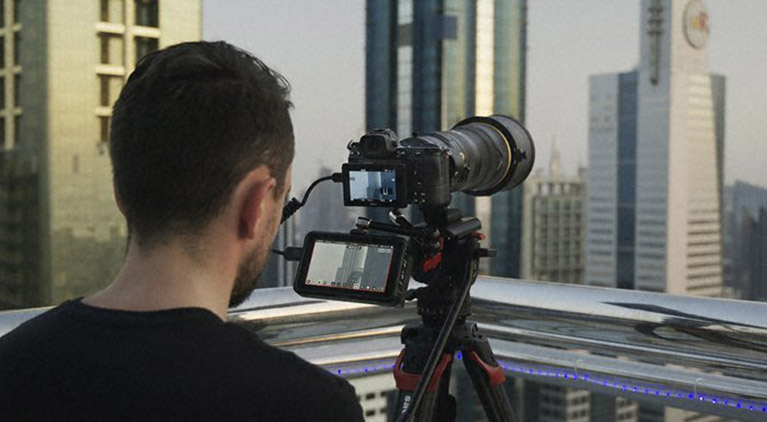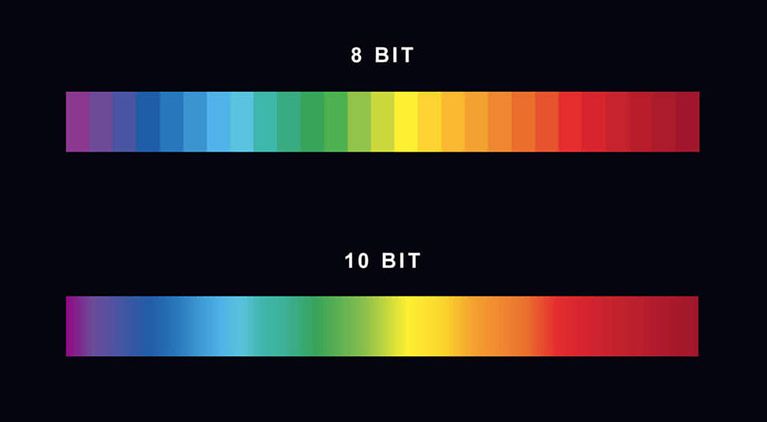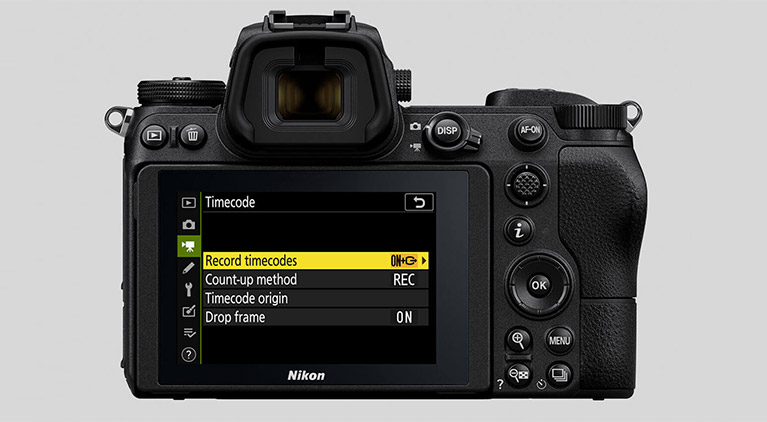By : Nikon School Blog | 26 Jul, 2019 |
Present day Nikon DSLRs and mirror-less cameras are as capable as high-end video shooting devices as they are for shooting stills. This has enabled many aspiring film-makers to convert their creative ideas into movies. Armed with Nikon D-SLR or Z series cameras, lenses and a few accessories, one can make a short-film, or a documentary or a music video quite easily. If you’re the next film-maker waiting to be discovered, here’s a handy list of the most commonly used terms that will initiate you into the world of present day videography.

Aspect Ratio
The ratio of the width and the height of the video frame is called aspect ratio. This is an important concept in video. Earlier, the 4:3 aspect ratio was standard with standard definition or SD cameras, with High definition (HD), full HD and 4K UHD resolution, the aspect ratio became wider and 16:9 became a new standard.
Dynamic range
It is the range within which a camera can successfully record details of the brightest and darkest areas of a scene.
Interlaced Scanning
In this scanning system, a video frame is created by scanning every alternate line.
Flicker reduction
A function that allows us to choose a frequency that matches that of the power supply, to avoid or reduce flickering under fluorescent or mercury vapor lighting.
Frame Rate
The frame rate refers to the number of frames a camera captures every second to make a digital video. This is denoted as fps (frames per second). The most common frame rates are 24, 25, 30, 50, and 60 fps. For slow motion, 100fps and 120 fps is also used.
MOV
A popular Quick time file format used for recording videos.
MP4
A widely supported digital video format commonly used to store video and audio data. Nikon Z series cameras and some Nikon DSLRs can record movies in MP-4 format.
N-Log video output
The Nikon Z series full-frame mirrorless cameras Z7 and Z6 offer 10 bit N-log uncompressed video output with compatible external HDMI recording devices. The data captured is 64 times more than conventional 8 bit video output.

Panning
A common camera movement to follow a moving subject or to establish a location. It’s usually done by putting the camera on a tripod and moving it horizontally in either direction.
Progressive Scan
A process of creating a video frame where each line of the frame is scanned sequentially, each line followed by another.

Resolution
The resolution of a video tells us how many pixels make up each individual frame of the video. Higher the resolution, more details and information will be captured. Some commonly used video resolutions are given below :
SD – Standard definition – 640 x 480 , also known as 480p (p stands for progressive scanning)
HD – High definition – 1280x720, also known as 720p
Full-HD – 1920x1080 pixels , also called 1080i or 1080p (i stands for interlace scanning)
4K UHD – Ultra High Definition – The emerging standard for digital motion pictures. It is 3840x2160 and provides four times as much resolution as Full HD.
Tilting
Another common camera movement in which the camera moves horizontally upwards or downwards to establish a person, building, mountain, etc.
Timelapse
A technique to show long events very quickly in a few seconds. The camera records many images of the event with some gap between each shot. The images thus shot are then combined either in the camera or in a software and converted into a video. The resulting video is a much faster version of the event. Typically, sunrises, sunsets, clouds, people in a busy place, constructions, etc. are shot as time-lapses.
Time Code
To help in the editing process, a time reference is added to the video, commonly known as Time code.

Rolling Shutter
An anomaly seen in footage of very fast objects like moving cars, helicopter blades etc. caused due to the scanning system.
Vibration Reduction
Technology that minimises camera shake during still and video shooting. VR can be lens based, as with many NIKKOR lenses, or sensor based, as in the Z series cameras. Electronic VR is an algorithm based VR technology employed by some Nikon DSLR and Mirrorless cameras.